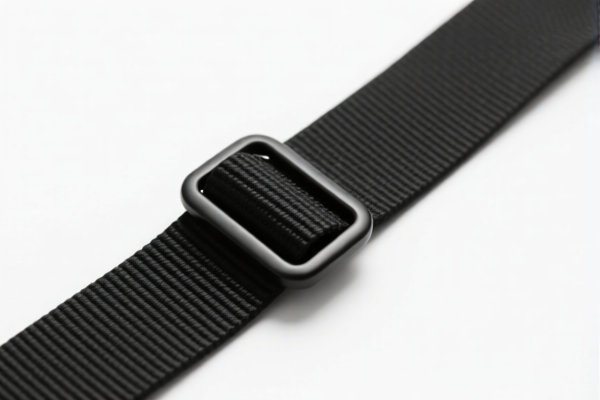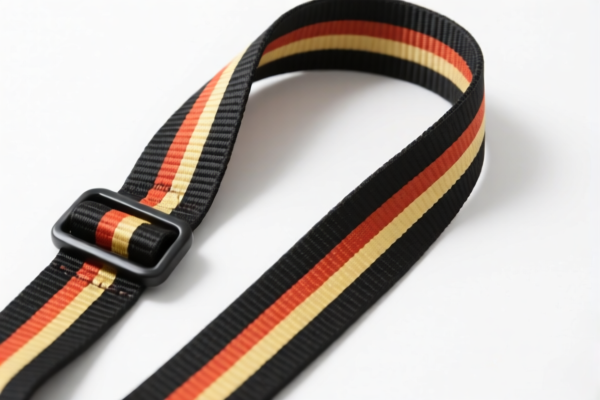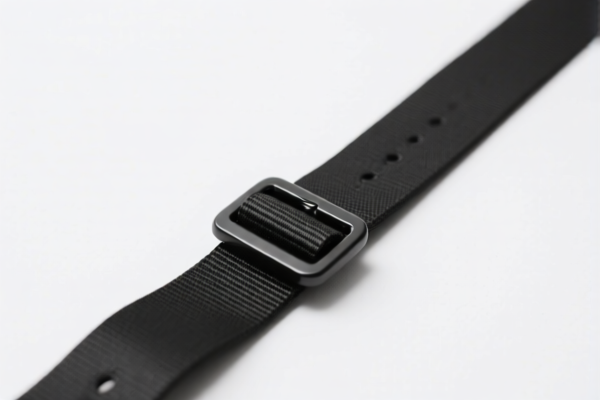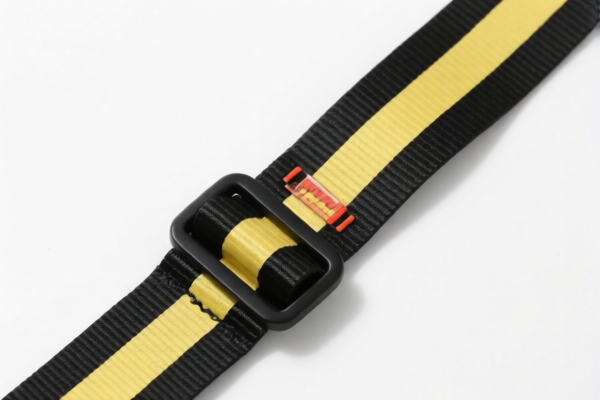| HS Code | Official Doc | Tariff Rate | Origin | Destination | Effective Date |
|---|---|---|---|---|---|
| 8201906000 | Doc | 55.0% | CN | US | 2025-05-12 |
| 8205517500 | Doc | 58.7% | CN | US | 2025-05-12 |
| 8205598000 | Doc | 58.7% | CN | US | 2025-05-12 |
| 8206000000 | Doc | The rate of duty applicable to that article in the set subject t+30.0% | CN | US | 2025-05-12 |
| 9017204000 | Doc | 58.9% | CN | US | 2025-05-12 |
| 9017208040 | Doc | 59.6% | CN | US | 2025-05-12 |
| 4906000000 | Doc | 37.5% | CN | US | 2025-05-12 |
| 9017800000 | Doc | 60.3% | CN | US | 2025-05-12 |
| 4911998000 | Doc | 37.5% | CN | US | 2025-05-12 |
| 4911996000 | Doc | 37.5% | CN | US | 2025-05-12 |




Strap Rule
A strap rule is a flexible measuring device, typically used in tailoring, dressmaking, and other applications requiring the measurement of curved surfaces. It is distinct from rigid rulers or measuring tapes due to its adaptability to non-linear forms.
Material:
- Historically: Leather was a common material, offering durability and flexibility.
- Modern: Vinyl or fiberglass are frequently used, providing flexibility, resistance to stretching, and ease of cleaning. Metal reinforcements may be embedded within the material for added stability.
Purpose:
The primary purpose of a strap rule is to obtain accurate measurements of contours and curves, particularly on the human body or irregular objects where a straight edge is unsuitable. It's crucial for ensuring proper fit in clothing and accurate dimensions for design purposes.
Function:
Unlike a standard measuring tape which can only follow a straight or gently curved path, a strap rule is designed to conform to complex shapes. It's typically used by being held snugly against the surface being measured, allowing it to bend and follow the contours. Measurements are read directly from the scale imprinted on the rule.
Usage Scenarios:
- Tailoring & Dressmaking: Measuring body parts (neck, waist, hips, arm circumference, etc.) for custom garment construction.
- Pattern Making: Creating patterns based on body measurements or existing garments.
- Shoemaking: Measuring the foot for custom shoe fitting.
- Millinery: Measuring the head for hat sizing.
- Sculpture & Art: Taking measurements of curved forms for replication or design.
- Ergonomics: Assessing body dimensions for furniture or product design.
Common Types:
- Standard Strap Rule: Typically 120cm (48 inches) long, with markings in both centimeters and inches.
- Shoe Measuring Strap Rule: Specifically designed for foot measurement, often with a heel counter and markings indicating shoe sizes.
- Flexible Curve Ruler: While not strictly a "strap rule", these are similar in function, often made of more rigid plastic and used for drafting curved lines. They don’t conform as readily to body contours as a strap rule.
- Tailor's Flexible Tape: A longer, more flexible version, often used for taking full body measurements.
Based on the provided information, “strap rule” likely refers to a measuring instrument. Here’s a breakdown of potentially relevant HS codes:
-
9017.80.00.00: Drawing, marking-out, measuring or setting instruments and tables; rulers, protractors, set squares, compasses and similar instruments; straight edges, set squares and similar instruments for mathematical drawing or technical use.
- 90: Optical, photographic, cinematographic, measuring, checking, precision, medical or surgical instruments and apparatus; clocks and watches; musical instruments (excluding organs of positive sound).
- 17: Instruments and apparatus used in measuring, checking or testing; clocks and watches; musical instruments.
- 80: Drawing, marking-out, measuring or setting instruments and tables; rulers, protractors, set squares, compasses and similar instruments; straight edges, set squares and similar instruments for mathematical drawing or technical use. This category encompasses a wide range of instruments used for precise measurement and drafting.
- Tax Details: Basic tariff: 5.3%, Additional tariff: 25.0%, Post-April 2, 2025, additional tariff: 30.0%, Total tariff: 60.3%.
-
9017.20.40.00: Drawing, marking-out or mathematical calculating instruments (for example, drafting machines, pantographs, protractors, drawing sets, slide rules, disc calculators); instruments for measuring length, for use in the hand (for example, measuring rods and tapes, micrometers, calipers), not specified or included elsewhere in this chapter; parts and accessories thereof: Other drawing, marking-out or mathematical calculating instruments: Disc calculators, slide rules and other mathematical calculating instruments.
- 90: Optical, photographic, cinematographic, measuring, checking, precision, medical or surgical instruments and apparatus; clocks and watches; musical instruments (excluding organs of positive sound).
- 17: Instruments and apparatus used in measuring, checking or testing; clocks and watches; musical instruments.
- 20: Drawing, marking-out or mathematical calculating instruments.
- 40: Other drawing, marking-out or mathematical calculating instruments: Disc calculators, slide rules and other mathematical calculating instruments.
- Tax Details: Basic tariff: 3.9%, Additional tariff: 25.0%, Post-April 2, 2025, additional tariff: 30.0%, Total tariff: 58.9%.
-
9017.20.80.40: Drawing, marking-out or mathematical calculating instruments (for example, drafting machines, pantographs, protractors, drawing sets, slide rules, disc calculators); instruments for measuring length, for use in the hand (for example, measuring rods and tapes, micrometers, calipers), not specified or included elsewhere in this chapter; parts and accessories thereof: Other drawing, marking-out or mathematical calculating instruments: Other Hand operated input devices which transmit position data to computer processors or displays (digitizers).
- 90: Optical, photographic, cinematographic, measuring, checking, precision, medical or surgical instruments and apparatus; clocks and watches; musical instruments (excluding organs of positive sound).
- 17: Instruments and apparatus used in measuring, checking or testing; clocks and watches; musical instruments.
- 20: Drawing, marking-out or mathematical calculating instruments.
- 80: Other drawing, marking-out or mathematical calculating instruments: Other Hand operated input devices which transmit position data to computer processors or displays (digitizers).
- Tax Details: Basic tariff: 4.6%, Additional tariff: 25.0%, Post-April 2, 2025, additional tariff: 30.0%, Total tariff: 59.6%.
According to the provided reference material, the HS code options related to 'strap rule' are limited, with only the following 3 found.
Customer Reviews
No reviews yet.